
Site of Yunnan-Myanmar Railway in Yunxian County, Lincang
Introduction
The Yunnan-Myanmar Railway Site (滇缅铁路遗址) is located in Heimatao Village (黑马塘村), Aihua Town (爱华镇), Yunxian County (云县), Lincang (临沧), adjacent to the bifurcation of the watershed of the Pacific Ocean (太平洋) and Indian Ocean (印度洋) along the Xianglin Secondary Highway (祥临二级公路), approximately 15 kilometers from the county seat. This site represents a total investment of 15 million yuan and is divided into scenic and functional areas, showcasing the heroic contributions of the Lincang people in supporting the war effort and constructing the Yunnan-Myanmar Railway. The main attractions include sculptures representing the railway, dynamic landmarks at the watershed, thematic stone carvings that promote the spirit of Lincang, and supporting facilities. The site also extends to include a 200,000-acre walnut plantation (核桃基地) and high-quality tea gardens (高优茶园). The project was planned to be completed before the National Day holiday in 2010, with the first phase starting construction in December 2009 and completed by the end of 2013.
General Information
- Chinese Name: 滇缅铁路遗址
- English Name: Yunnan-Myanmar Railway Site
- Location: Heimatao Village (黑马塘村), Aihua Town (爱华镇), Yunxian County (云县), Lincang (临沧)
- Climate Type: Subtropical monsoon climate (亚热带季风气候)
- Opening Hours: All day (全天)
- Attraction Level: 2A Level (2A级)
Geographic Location
The Yunnan-Myanmar Railway Site is situated in the southwestern part of Yunnan Province (云南省), specifically in the eastern region of Lincang (临沧地区). It lies between longitudes 99°43′—100°33′ and latitudes 23°56′—24°46′, with a maximum north-south distance of 90.4 km and a maximum east-west distance of 84.2 km. The total area is 3,760 square kilometers, housing a population of over 400,000.
Historical Background
The railway began surveying in 1938 due to the needs of the Anti-Japanese War and commenced construction in 1939. The line extended from Kunming (昆明) southwest through several towns, including Anning (安宁), Chuxiong (楚雄), Xiangyun (祥云), Midu (弥渡), Nanjian (南涧), Yunxian (云县), Lincang (临沧), Yongde (永德), Zhenkang (镇康), Gengma (耿马), and crossing into Myanmar at Lashio (腊戌) to connect with the capital city of Myanmar, Yangon (仰光).
The total length of the railway in Yunnan is 886 kilometers. Construction started in August 1939 and was completed by 1942. However, in April 1942, due to the war, the railway was destroyed, and the Lincang people experienced a period of immense hardship. To commemorate this historical significance, the city council and government decided to establish the Yunnan-Myanmar Railway Site Memorial Park (滇缅铁路遗址纪念园).
Key Historical Events:
- Late 19th Century: British attempts to construct a railway from Myanmar into Yunnan.
- Early 20th Century: Sun Yat-sen’s vision for building the Yunnan-Myanmar railway as an international corridor.
- 1935: A survey team was sent to assess the railway route from Qinhua Cave (清华洞) to Mengding (孟定).
- 1939: The establishment of the Yunnan-Myanmar Railway Engineering Bureau.
- 1942: Completion of the railway’s base, which was then destroyed due to the invasion by Japanese forces.
Attractions and Facilities
The project emphasizes unique characteristics, complete supporting facilities, and functionality. The site includes green areas, public facilities, and well-planned roads. The greening project and the “Tea Road” diversion started construction by the end of November. The landscaping features high-quality tea gardens, transplanted walnut trees (核桃), and the introduction of cherry trees, while protecting slopes with Bougainvillea (三角梅).
The Yunnan-Myanmar Railway Site will leave a lasting memorial landscape for future generations, symbolizing the tenacity and self-reliance of the Lincang people. It serves as a cultural tourism site and a critical point for developing the cultural tourism industry. The completion of this project will significantly promote the construction of the Lincang International Thoroughfare and contribute to rapid economic and social development.
Reconstruction of the Site
The Yunnan-Myanmar Railway was fully constructed by 1942, just before track laying was set to begin. However, it was destroyed due to the war, marking a tragic chapter in history. The Lincang section of the railway spans over 300 kilometers and was the most challenging segment to build. The local government has initiated the construction of the memorial site to commemorate this critical historical event.
The main attractions include:
- Sculptures of the Yunnan-Myanmar Railway: Celebrating the construction efforts.
- Dynamic Landmarks of the Watershed: Representing the Pacific and Indian Oceans.
- Thematic Stone Carvings: Promoting the spirit of Lincang.
- Supporting Facilities: Enhancing the visitor experience.
- 200,000-acre Walnut Base: An extension of the scenic area.
How to Get There
To reach the Yunnan-Myanmar Railway Site, visitors can follow these transportation options:
- By Bus: Regular bus services operate from Lincang to Yunxian County.
- By Taxi: Taxis are available in Lincang, providing direct transport to the site.
- Self-Driving: Renting a car is an option for travelers wanting flexibility in exploring the region.
Travel Tips
- Best Time to Visit: The ideal time is during the dry season, from October to April, for favorable weather and accessibility.
- Safety: Ensure to follow local guidelines when exploring the site, especially in the natural areas.
- Local Cuisine: Don’t miss trying Yunnan’s famous rice noodles (过桥米线) and other regional specialties.
- Respect Local Culture: Be mindful of local customs, especially when interacting with ethnic communities in the region.
- Photography: Bring a camera to capture the stunning landscapes and historical monuments.
- Guided Tours: Consider taking guided tours to gain deeper insights into the railway’s history and its impact on the region.
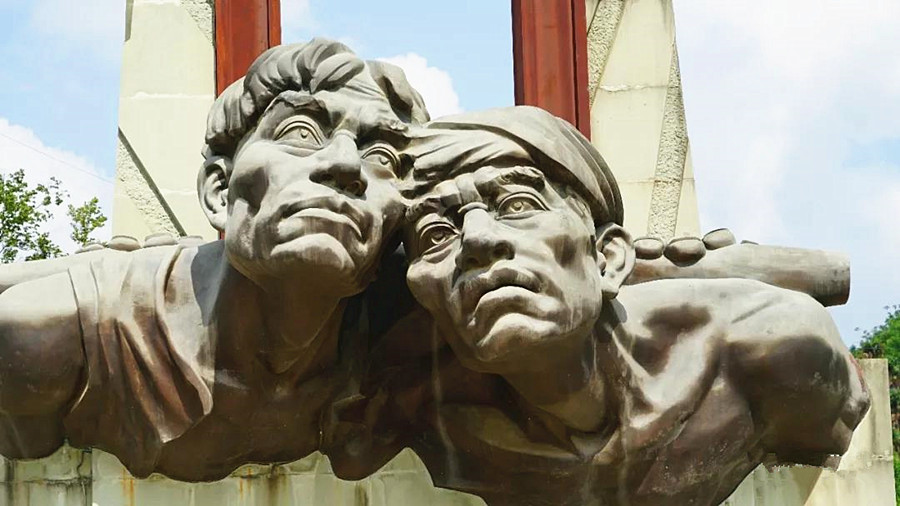
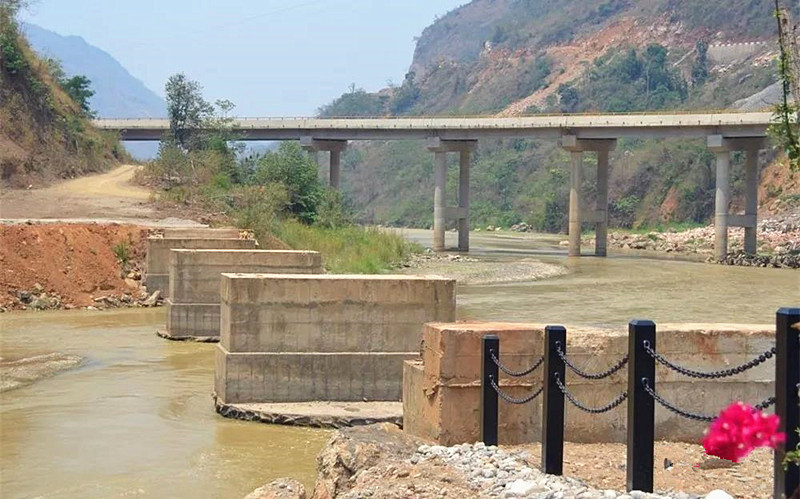
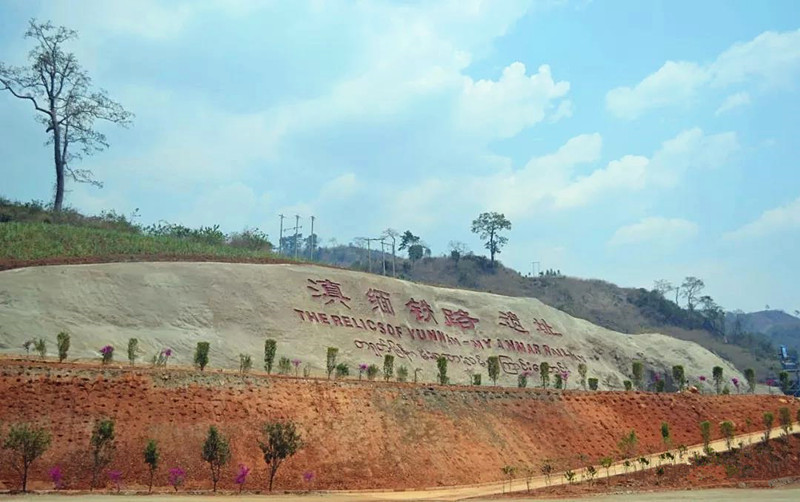
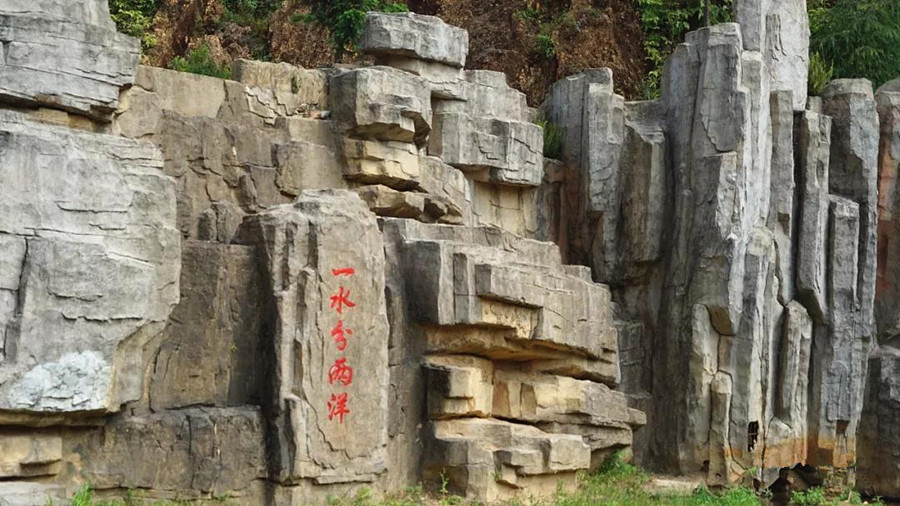

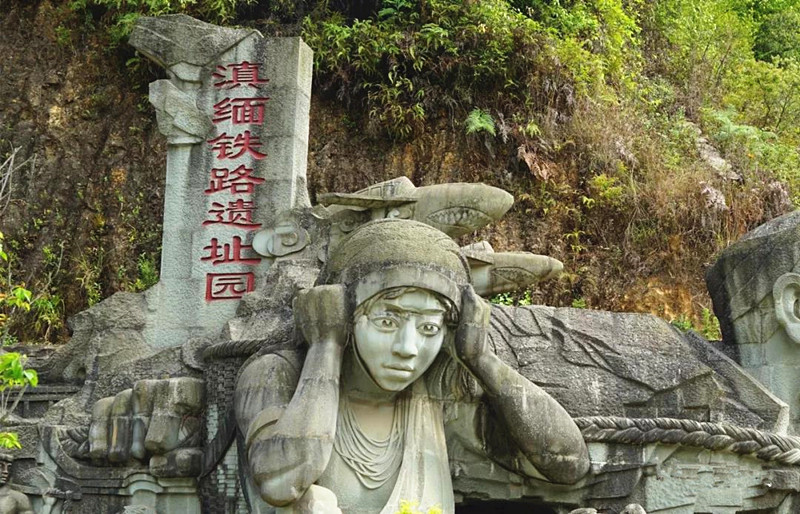

 7 Days GolfingTour
7 Days GolfingTour
 8 Days Group Tour
8 Days Group Tour
 8 Days Yunnan Tour
8 Days Yunnan Tour
 7 Days Shangri La Hiking
7 Days Shangri La Hiking
 11 Days Yunnan Tour
11 Days Yunnan Tour
 6 Days Yuanyang Terraces
6 Days Yuanyang Terraces
 11 Days Yunnan Tour
11 Days Yunnan Tour
 8 Days South Yunnan
8 Days South Yunnan
 7 Days Tea Tour
7 Days Tea Tour
 8 Days Muslim Tour
8 Days Muslim Tour
 12 Days Self-Driving
12 Days Self-Driving
 4 Days Haba Climbing
4 Days Haba Climbing
 Tiger Leaping Gorge
Tiger Leaping Gorge
 Stone Forest
Stone Forest
 Yunnan-Tibet
Yunnan-Tibet
 Hani Rice Terraces
Hani Rice Terraces
 Kunming
Kunming
 Lijiang
Lijiang
 Shangri-la
Shangri-la
 Dali
Dali
 XishuangBanna
XishuangBanna
 Honghe
Honghe
 Kunming
Kunming
 Lijiang
Lijiang
 Shangri-la
Shangri-la
 Yuanyang Rice Terraces
Yuanyang Rice Terraces
 Nujiang
Nujiang
 XishuangBanna
XishuangBanna
 Spring City Golf
Spring City Golf
 Snow Mountain Golf
Snow Mountain Golf
 Stone Mountain Golf
Stone Mountain Golf


















